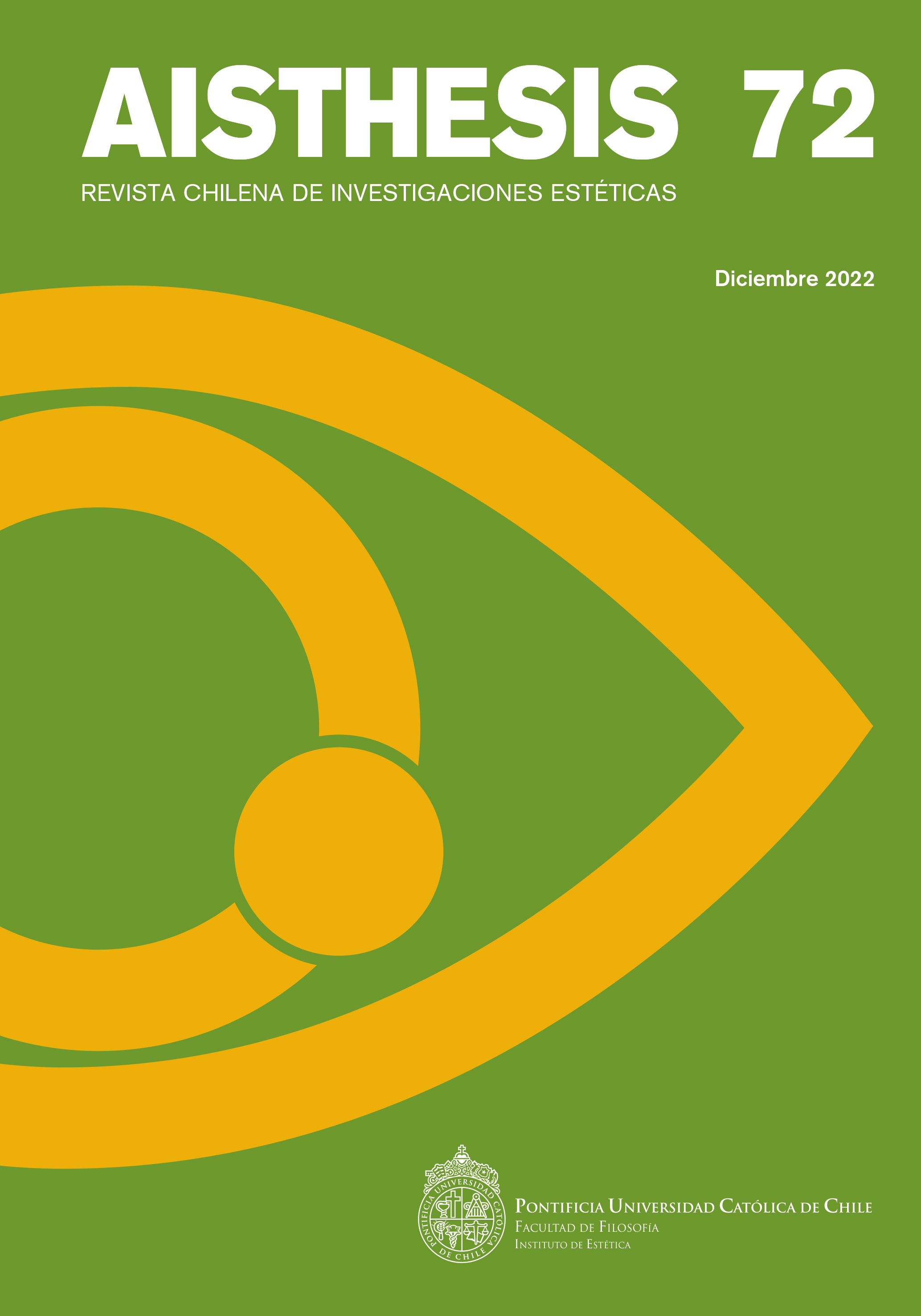To Melt the Mirror and to Sculpt the Image. Tarkovsky, Agriculture and the Transformation of Landscape
Main Article Content
Abstract
In her book The Cinematic Footprint (2012), film studies scholar Nadia Bozak proposes an analysis of the cinematographic production of images based on the consumption of energy and matter resources upon which it depends. From this point of view, this article examines three scenes from the filmography of the Russian director Andrei Tarkovsky. By inquiring about the material conditions of his production, a field of interactions beyond representation between image and landscape transformation is brought to the foreground.
Tarkovsky's work is then analyzed in this text from the relationships established throughout the 20th century between image, extractivism and plant growth. In particular, the examined sequences will be related to agrarian colonization programs, precision agriculture practices and reforestation techniques such as seed bombardment. The contrast between the extractivist nature of these cases and the character of "vegetable cinema practice" with which Tarkovsky's cinema has been described (Uhlin 2015) invites us to rearticulate the difference between image and plant growth in terms of the so-called elemental media approach introduced during the last decade in the domain of media theory.
Downloads
Article Details

This work is licensed under a Creative Commons Attribution-NonCommercial-ShareAlike 4.0 International License.
All contents of this electronic edition are distributed under the Creative Commons license of "Attribución-shareAlike 4.0 Internacional" (CC-BY-SA). Any total or partial reproduction of the material must mention its origin.
The rights of academic works published in this publication belong to their authors., who grant to AISTHESIS: Revista Chilena de Investigaciones Estéticas the license for its use. The management of the permits and the authorization of the publication of the images (or of any material) that contains copyright and its consequent rights of reproduction in this publication is the sole responsibility of the authors of the articles
